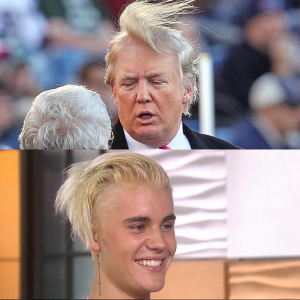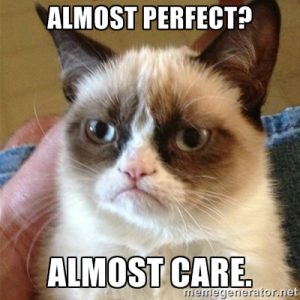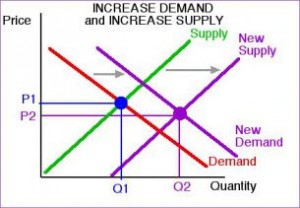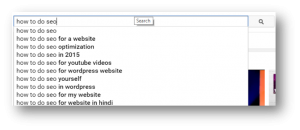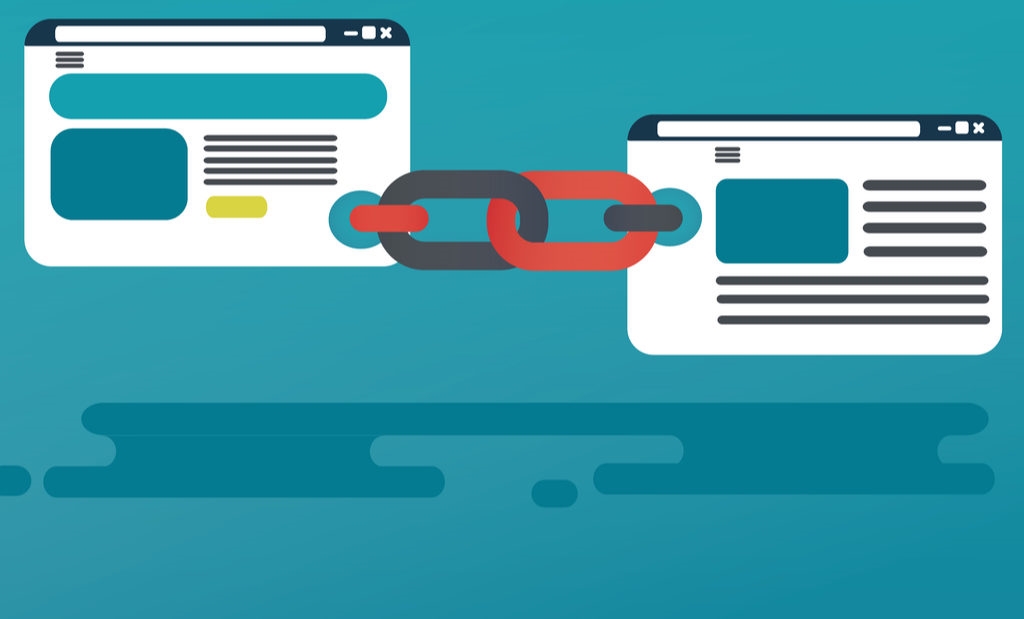
Back in September of 2019, Google announced that they are changing how websites and publishers should mark link attributes starting March 1, 2020. Some SEO experts across the web are panicking, while others believe nothing really will change. So what gives?
Before we get into that, let’s go over the difference between Follow & Nofollow, what they are, and what the new Google update does and how it will impact link building moving forward.
What Are Link Attributes & How Should You Use Them?
Linking to other sites has been around since the dawn of the internet. I’m old enough to remember link directories being on websites, as well as a page simply titled “Links” that would list dozens, if not hundreds of links to other websites. These days have long since passed as Google and other search engines grow smarter by the minute. Let me now explain what Follow and Nofollow links are and how to use them.
Follow Links
A follow link is just this – one website linking to another organically within a page from anchor text or even just the website copy and pasted onto the page.
An example of this would be a great new and fresh piece of content that reputable sites are sharing, which then sends signals to Google, which then Google says, “GREAT SCOTT, THIS MUST BE A FINE PIECE OF CONTENT, LET’S GIVE IT SOME MERIT AND REWARD IT WITH A HIGH RANKING!”
Look at this search result for “Content Marketing for Law Firms”:
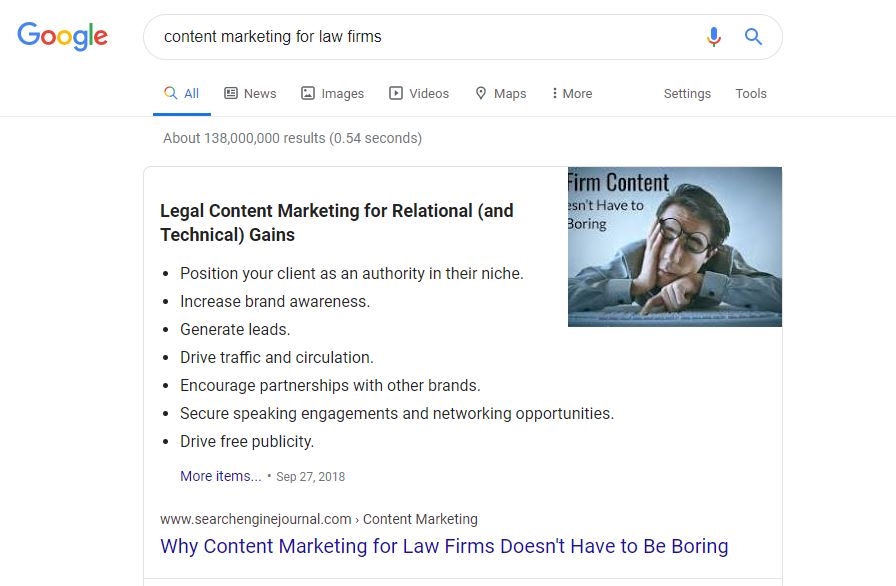
It links to a Search Engine Journal article as the top result, which also just so happens to be the answer box result. I wonder why? Let’s go into the page:
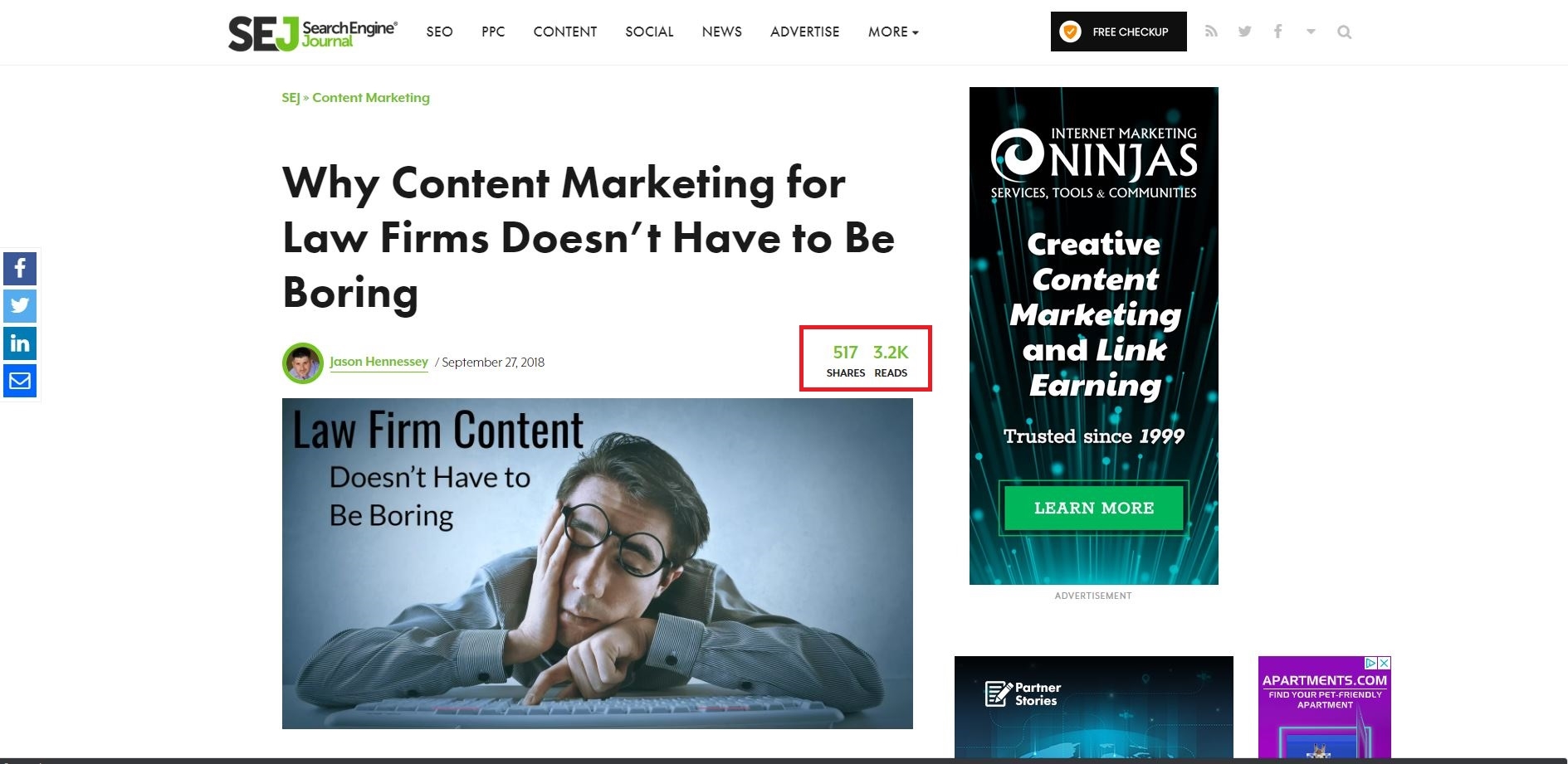
See! It’s been read 3.2k times and shared 517 times, giving it a lot of merit within the search engine nerd community, which Google then rewards with being a top result.
Another example of follow links to other sites: Let’s take Erika’s previous blog about how hashtags are important on social media:
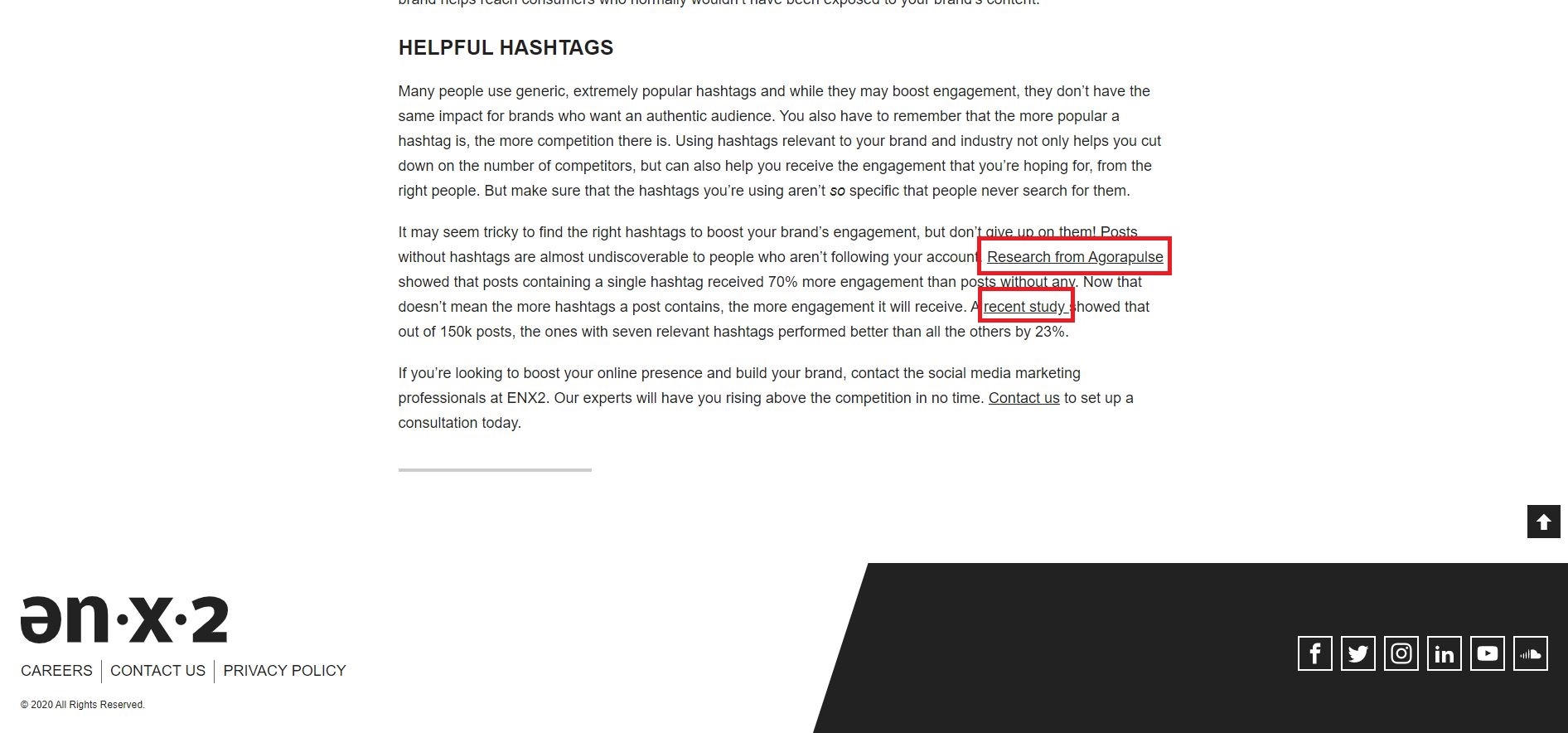
The hyperlinks in the highlighted keywords “Research from Agorapulse” & “recent study” are follow links to other sites. These are NOT paid links, sponsored links, or any other type of no follow link, speaking of which brings us to our next section.
Nofollow Links
Since its introduction in 2005, the “nofollow” attribute was a directive or way to tell Google to block a page from indexing, so that one was not to waste Google’s crawl budget. Here is how Google tells us how to label these types of links:
- rel=“sponsored”: Use for Sponsored and Paid Links.
- rel=“ugc”: Use for User Generated Content such as forum posts or blog comments.
- rel=“nofollow”: Use when you want to link to another page but not pass along any link value.
Here’s where it can dicey, so grab some caffeine and pay attention! The update Google has just rolled out and implemented on March 1, 2020, now sees Nofollow links as both a hint for crawling/indexing as well as ranking!
One could see this as a good thing, right? Even for links that aren’t directed as follow, they can pass on link value to your site, especially if the link is related to the content on your site. But let’s hold the phone a minute, this could be BOTH good and bad.
SEO Round Table Guru Barry Schwartz posted this on LinkedIn:
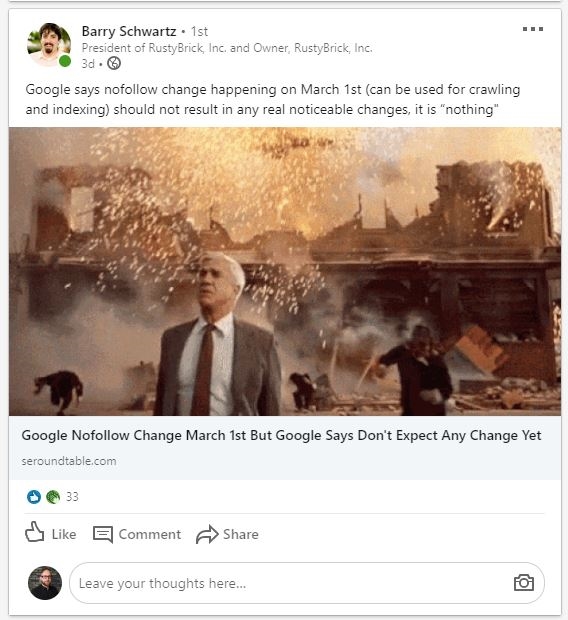
Google saying it’s “nothing” is kind of a broad statement. I mean Google sometimes tells us one thing and then does another, should we trust their word as law? To answer that question, we need more time to gather data and see how backlink profiles are impacted by this change, rather than make blanket statements.
One good thing to come of this could be that some Nofollow links that are deemed valuable could see increases in ranking, and that definitely could be an upside. This is really the only upside I foresee, as a lot of it I think can be negative, so read on!
But what if most of your banklink profile is Nofollow; filled with nothing but dreadful spam, links from social media, and other streaming platforms. These links can be:
- Paid links – which can include partnerships, affiliate links, “influencer” links, and just straight-up links you pay a shady link broker for (we as an agency get dozens of emails a week from individuals trying to sell us links, but don’t worry, we DO NOT participate in it).
- Social Media – Links on Facebook, Twitter, Twitch, and YouTube are always categorized as Nofollow.
- News Sites – Usually given in authorship, or in the actual news story.
- Info Sites, Forums, and Blog Links – This is what Nofollow was invented for initially so that spam comments from blogs weren’t given any merit whatsoever. Also used for Wiki sites and Quora.
The first and last bullet point are where I think the most damage can occur to backlink profiles. Some agencies pay for links or pay content writers to place links on their site (insert “It’s the same picture” meme here) without using the rel=”sponsored” link attribute. Now that Nofollow is used as an indexing “hint”, what if Google indexes one of these pages and uncovers swaths of paid links in a backlink profile. Sounds like big trouble to me (Jeff Mirro explained this in his previous blog about buying links in 2020, it’s a great read)! Only time will tell.
Digital & Social Articles on Business 2 Community
(35)
Report Post
